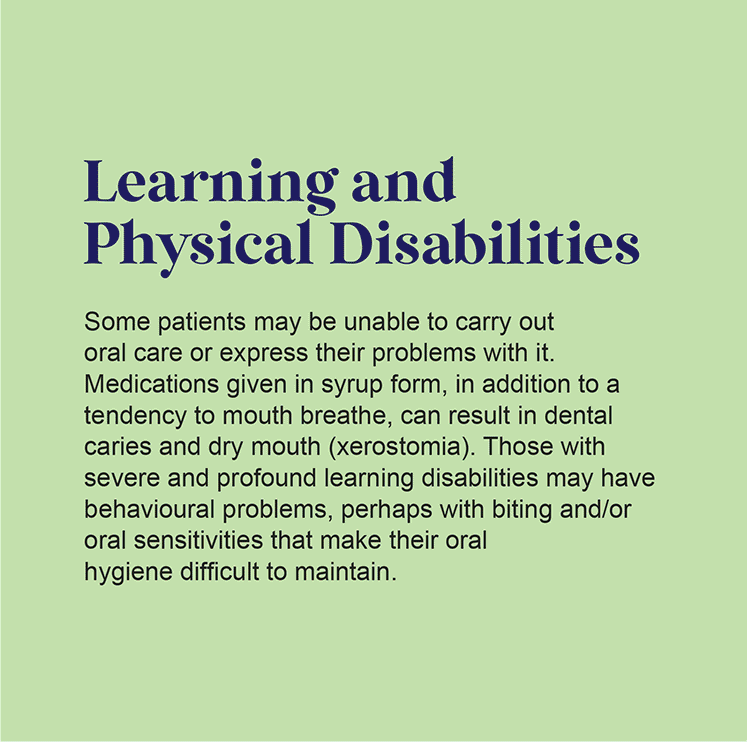When providing oral care for others, its invasive nature may be a real problem for some. The size of brush head used can make a real difference as to whether a carer is able to persuade someone to allow a toothbrush in to their mouth. Then once in, it is easier to manoeuvre a small brush to clean effectively.
The texture of toothpaste used and the firmness of toothbrush bristles will also need to be considered.
A very firm toothpaste is likely to fall off the brush, limiting the effectiveness of the protective fluoride it contains. A low foaming toothpaste is easier for carers to use and probably means the paste won’t contain SLS (Sodium Lauryl Sulphate) which can cause dry mouth.
A manual toothbrush with compact soft to medium bristles is suitable for most people, but super soft bristles are kinder for those who:
- Are frail or suffering from dementia and reject or refuse oral care
- Have sensitive areas in their mouth due to gum disease or other infections
- Are suffering from dry mouth
- Have loose teeth
- Have sensitive teeth
- Where possible, making any oral care experience as pleasant as possible for a person is the best way to ensure they are happy to repeat it. As a carer, offering choice is key.








